Observe the pictures below.
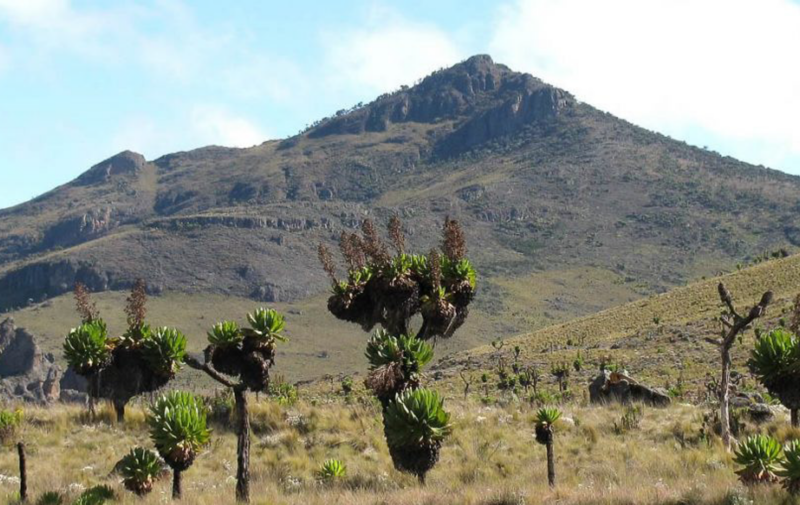
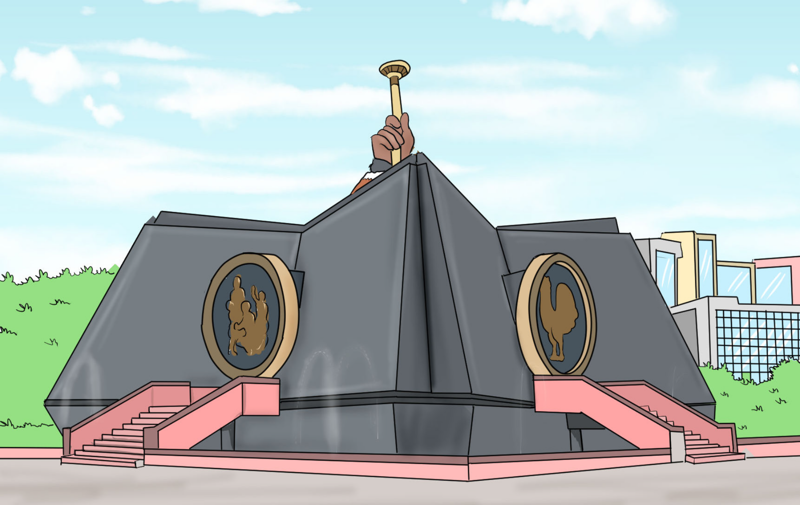
- What is picture (a) about?
- What is picture (b) about?
Observe the pictures below.


A map is a drawing which represents the earth or part of the earth on a flat surface. Elements of a map are the things written on a map which help us understand what is on the map.
Study the map of Sango Area below and use it to answer the questions.
Element | Uses on a map |
The name of the area being represented on the map. | |
Drawn to show the actual distance on the ground being represented on a map. | |
Helps us to find direction from one place to another. | |
The symbols, letters and colours which are used to represent real features on a map. | |
This is drawn around the map. |
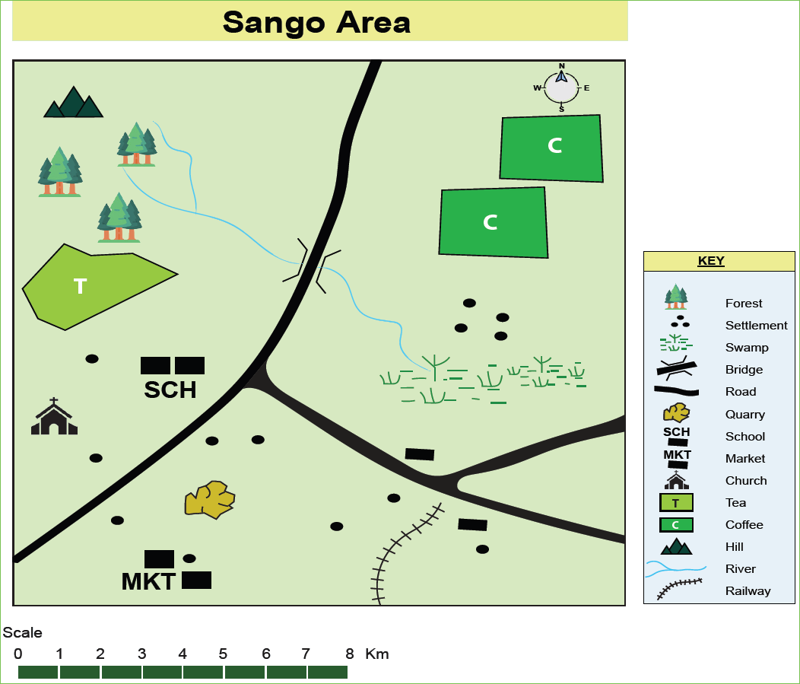
The key is an important element of a map. This is because it carries a lot of information about a map. The key uses symbols to help one understand things on a map. A symbol is a special little picture, line or shape that represents real objects found in the area covered by the map.
Thewe use on maps are accepted and used by all people of the world. This enables whoever is reading ato easily understand what is drawn on it. The symbols used on a map areoutside theof the map to make it easy for a person tothe map. This arrangement is known as theof the map. The keyto usabout maps which makes it easy tounderstand a map.
Using an atlas, internet or library, find out other symbols used on maps and their meaning.
Read the conversation below and answer the questions.
Gad: | What is map reading? |
Ashton: | Map reading is the studying of a map to identify the things represented on it. |
Gad: | What about map interpretation? |
Ashton: | Map interpretation is the process of giving meaning to the features shown on a map. |
Gad: | How do we read and interpret maps? |
Ashton: | We read and interpret maps using the key elements. Do you remember them? |
Gad: | I remember the title, key, compass and scale. |
Ashton: | We interpret maps by studying the key and scale carefully. We use the symbols in the key to understand the things shown on a map. |
Gad: | Why do we use symbols on a map? |
Ashton: | This is because we cannot draw mountains, towns, animals and people on a map. We use symbols to represent them on a map. The symbols are then put in the key. |
Gad: | We can also use the key to find out the human activities carried out in the area covered by a map. These include farming, fishing, quarrying, transport, education and administration, among others. |
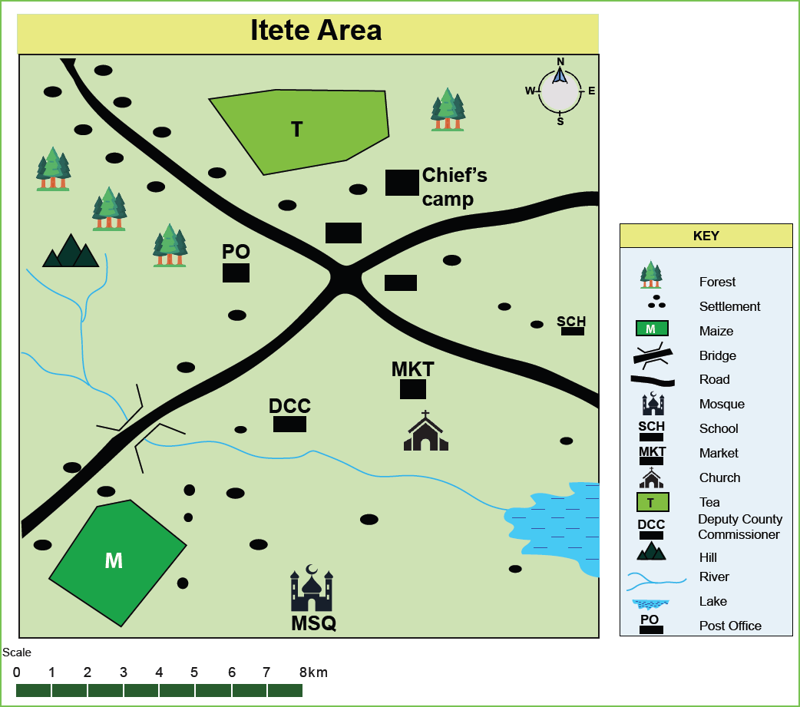
Maps are important to us in our daily lives. How do we use maps? Let us find out together.
Maps are important in our daily life. They help us to find direction to different places. They also help us to get information about different places. Maps help us to become aware of our environment so that we can take care of it.
Word | Meaning |
All the things surrounding us. | |
Things to do with how people create wealth. | |
Related to people or the society. | |
Occurring on its own, not made or influenced by people. | |
The main parts of an item. | |
Studying and giving meaning to something. |
Element | Use |
It shows the relationship between the actual distance on the ground and distance on the map. | |
Marks out the area covered by the map. It also makes the map to be neat and complete. | |
It identifies and interprets symbols used on a map. | |
It shows the position of a place in relation to other places. | |
The name given to a map. |
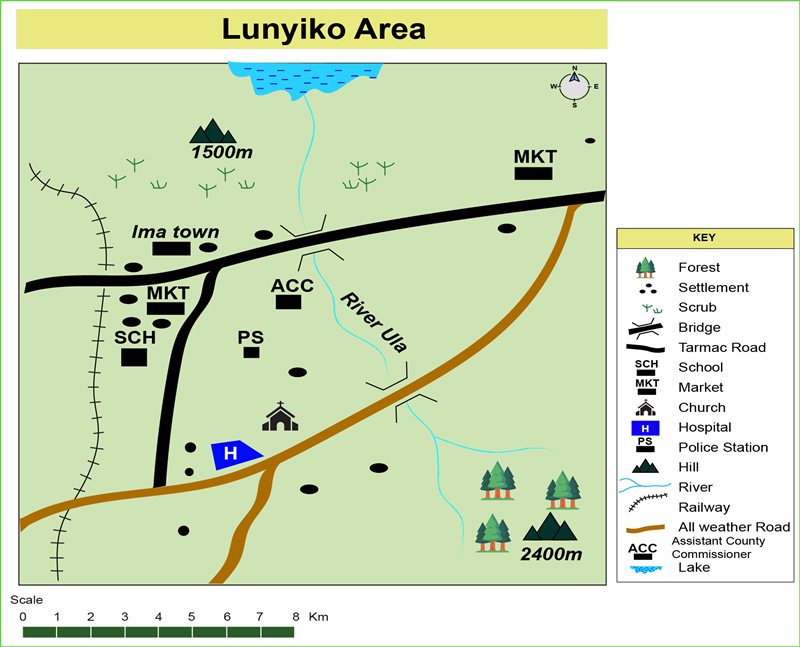

What would you like to do with the text? The text is processed by artificial intelligence, it is not checked or edited! The text may contain errors. Check the accuracy of the text against the original text in the textbook.
Choose the files you want to add. Supported formats are txt, html, htm, pdf, odt, odp, ods, xls, xlsx, ppt, pptx, pps, doc, docx, rtf, png, jpg, jpeg and gif.
| Name | |
|---|---|
| remove |
NB! Links must begin with: “http://”!
Opiq uses essential cookies to make our website work, to help keep you safe, to analyse user interaction and to improve user experience.
Cookie is a small file which is sent from users computer to the website server. It includes necessary information for the website to operate and includes information about the user and their preferences.
Most of the cookies are necessary for the operation of Opiq. It is possible to deny analytical cookies and in that case your usage data is not used to develop and improve Opiq services. Read more